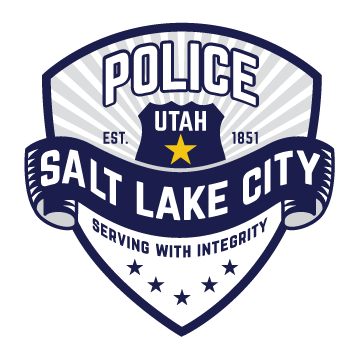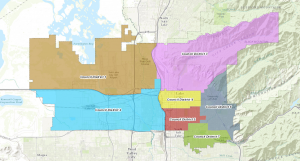Salt Lake City Crime Stats
Remember, crime statistics only tell part of the story in any neighborhood.
To reduce your neighborhood’s crime rate, get to know your neighbors, form a Neighborhood Watch Group and meet your Community Liaison Officer at monthly Community Council meetings. More options are available on our Community Engagement page.
Visit the Community Liaison Officer page to see which district you live in and to contact your officer directly.
The Salt Lake City Police Department has special officers devoted to grassroots problem-solving within the community. The Community Liaison Officers attend monthly community council meetings within the City’s seven City Council Districts. While Community Liaison Officers share and receive a lot of information at these meetings, it is daily interaction with residents that fosters the trust necessary to tackle public safety issues together.
If you have a problem in your neighborhood—from graffiti to loud parties, drug dealers to gangs—your Community Liaison Officer is ready to connect you with the law enforcement and community resources necessary to address the issue.
Disclaimer
Crime Statistics accessible on this page are preliminary figures for general situational awareness and trend purposes only. Although SLCPD utilizes the National Incident Based Reporting System (NIBRS), the data displayed on this page shows summary information for all offenses within areas and time periods as selected by the user. Figures do not account for the number of individual victims, offenders, arrestees, etc.
Accuracy:
Although every reasonable effort is made to verify data, accuracy is subject to the constraints of the report generation process as well as the manner, format, point in time of any query and the policy in force at the time. Also, follow-up investigations frequently change crime classifications.
Liability:
The Salt Lake City Police Department accepts no liability for decisions made—or not made—by any users based on information herein.



